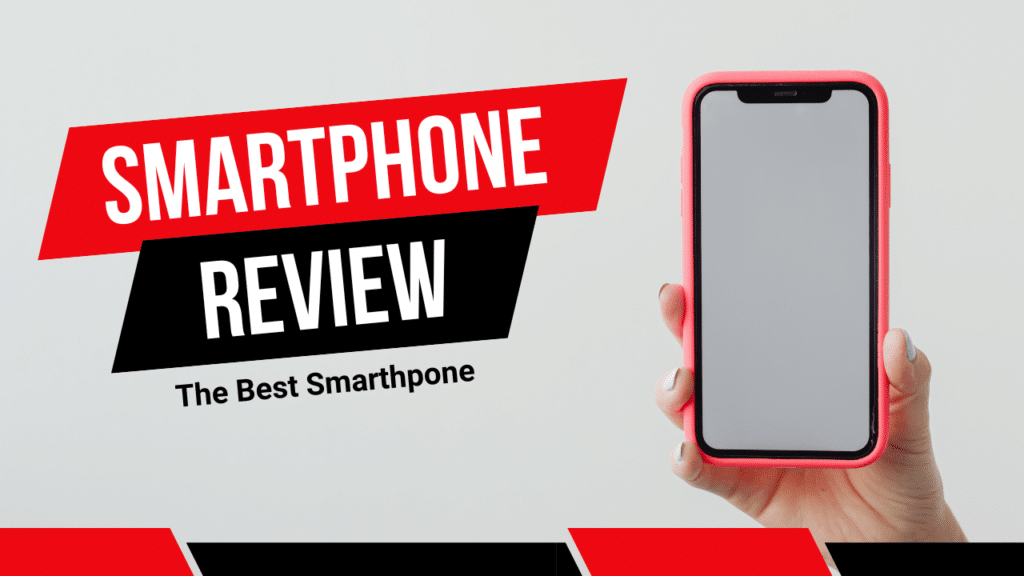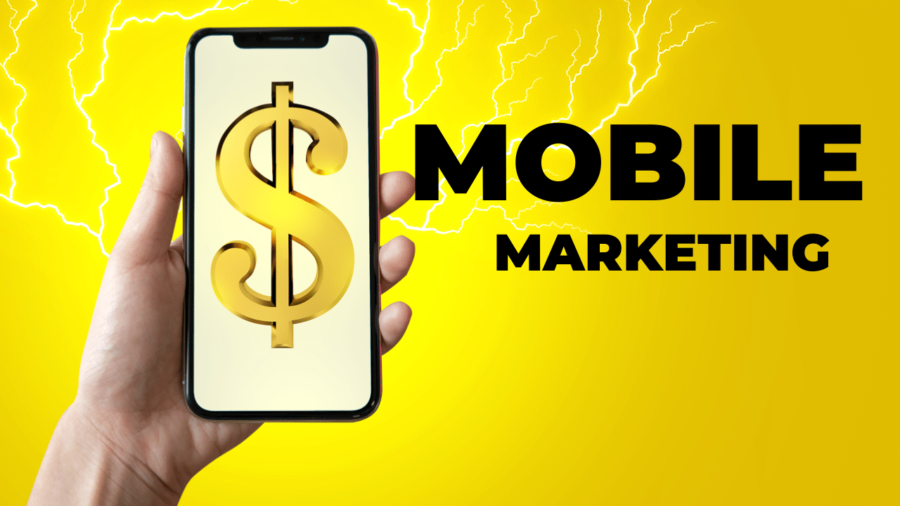In this digital day and age, mobile marketing has been the keystone for any effective marketing plan. Integrating smartphones into everyday life imparts businesses with mobile marketing as a means of reaching the customer at a more personal and direct level.
What would really be questioned here is:
what is mobile marketing, and why is it so important in business today? In this chapter, we will be diving deep into the subtleties of mobile marketing and its pros, as well as how to play it effectively into your strategy.
what is Mobile Marketing
Mobile marketing is the process through which prospects and customers are reached and engaged on their mobile devices, including both smartphones and tablets.
It encompasses various activities, such as SMS marketing, mobile applications, social media marketing, and mobile-friendly websites.
The idea is to give a person one seamless user-driven experience when somebody is surfing the web, working within an app, or just scrolling through social media.

Why Mobile Marketing Matters:
Mobile marketing has become paramount. With over 7.26 billion mobile phone users in the world, it is on a mobile device that most people access the internet today.
This trend has changed the way businesses do their marketing operations. Here are some key reasons why mobile marketing is important:
Widespread Mobile Usage:
More people make use of their mobile devices than any other platform. Whether it is emails, shopping online, or engaging on social media, mobile devices lie central to these day-to-day activities.
Better Personalization:
Mobile marketing provides the possibility of highly personalized content associated with user behavior and location, along with preferences.
This level of personalization provides a better user experience and increases engagement.
Real-Time Reach:
Mobile devices never seem to leave a person’s side, hence providing scope for a marketer to engage users in real-time.
Just the fact that it is real-time can increase conversion rates and make campaigns more effective.
Cost-Effective:
Mobile marketing, when compared to traditional marketing channels, is cost-effective. It offers better ROI through targeted campaigns that reach target audiences.
Integration with Other Channels:
Mobile marketing does not work solo; rather, it can be integrated with other digital marketing activities, from social media and email marketing to content marketing, so as to attain an integrated approach.
Key Components of Mobile Marketing

To efficiently execute mobile marketing, it’s important to be familiar with its key components. The overview below contains the most important elements:
Mobile-Friendly Websites
This very often represents the first touchpoint between your brand and your prospective customers. First and foremost, your website needs to be mobile-friendly.
At its core, a mobile-friendly website is responsive: it will automatically fit into the dimensions of the screen available on a device.
It would have lightweight loading, highly readable text, and the ability to be easily navigated on a small screen.
Search Engine Tip: Google gives first preference to mobile-friendly search results. Make your site mobile-friendly so that your rank in the search results can also improve.
Mobile Applications
Mobile applications can offer deep audience engagement through personalization of experience, special content, and brand loyalty.
They can also allow for push notifications that may be flashing with information about promotions or the arrival of new products any significant updates.
SEO Tip: Be sure to optimize the app for App Store search. Add some relevant keywords in the title and description to increase its discoverability.
SMS Marketing
There is SMS marketing, where promotional messages are forwarded directly to users in the form of text messages. Due to open rates as high as 98%, it really does great.
Given its brief nature, it makes sense to send time-limited offers or critical updates via SMS.
SEO Tip: Segment your target audience and shoot personalized messages to strike a chord with their interests and behaviors in your SMS marketing.
Mobile Advertising
Mobile advertising refers to channels for display, in-app, and social media ads developed exclusively for mobile gadgets.
These are normally visually attractive and most often based on user behavior, demography, and location.
SEO Tip: Use Google Ads and Facebook Ads to run mobile-specific ad campaigns. Make sure to track the performance through analytics and optimize for better efficiency.
Location-Based Marketing
Location-based marketing uses GPS technology that targets users based on their geographical location. In the instance of a local business, or really any other sort of event, it is quite useful.
It enriches the ability to send relevant offers to users when they are near your physical location.
SEO Tip: Add location-based keywords both in your content and within any advertisements for people who physically search for something near them.
For instance, if one operates a restaurant, some of the location-based keywords used would be something like “best pizza near me.”
Social Media Marketing
Because most of the entry to social media sites is from mobile devices, they really form part of mobile marketing.
You can activate users on Instagram, Facebook, Twitter, and TikTok in many ways to help raise awareness for your brand, build a community, and drive visitors to your website or app.
SEO Tip: Do format your ad content for mobile vertical video and carousel ads drive the engagement on social media. Of course, make sure to include relevant keywords in profiles for discoverability.
Best Practices in Mobile Marketing

It follows, therefore, that the best route toward surety that your mobile marketing efforts are the best they can be is to follow best practices that improve user experience while driving results. Here are a few of the top tips to remember at the front of your mind:
Focus on user experience.
User experience is very important in mobile marketing. Ensure that all touchpoints—from your website and your app to the ad itself have been designed with a user in mind who would help foster a great user experience.
Some of the key elements include easy content to consume, easy navigation, and fast load times.
Leverage Data and Analytics
The treasure trove of data within mobile marketing is going to be very instrumental in fine-tuning your strategy.
Analytics tools should be used to measure user behavior, campaign performance, and return on investment. This will help you in making decisions and refining your efforts for better results.
Personalize Your Content
The effective tenancy of mobile marketing is personalization. Segmentation of your audience, backed by data, enables the serving of relevant content in respect of their interest and behavior.
This way, such a personalized message will most likely resonate with the user and drive higher engagement.
Test and Optimize
There is not a one-size-fits-all mobile marketing. Test various strategies, formats, and messaging continuously for the best fit of your audience.
A/B testing can help optimize campaigns more specifically.
Comply
While developing your mobile marketing strategies, ensure they stay compliant with regulations like the GDPR and the CAN-SPAM Act.
Ensure that you have a legal right to reach users, have clear opt-out options, and top security on user data.
The Future of Mobile Marketing
Technology will change. Mobile marketing will change accordingly. Here are some trends that one might watch for in the next few years:
AI and Automation:
Artificial intelligence and automation are going to play a very major role in mobile marketing. From chatbots to content personalization recommendations, AI will help marketers convey relevant messages at the perfect time.
Augmented Reality:
With the convergence of digital and physical worlds through the delivery of experiences, AR will smash mobile marketing. Using AR, brands can create interactive ads, virtual try-ons, and much more.
5G Technology:
The enhanced speed and reliability of mobile connections mean that the upcoming wave of 5G will unleash even richer and dynamic mobile experiences.
It thus opens new avenues in general for mobile marketing but more so in videos and live streaming.
Voice Search Optimization:
This will become huge, with exponential growth in voice-activated assistants like Siri and Alexa. It means that it is going to need the trendier or conversational keywords, focusing more on natural language.
Sustainability:
If one takes into account the wave of informed green consumerism, then sustainability will be an issue which brands will be bound to consider while strategizing mobile marketing in the near future.
It could either be concerned with the reduction of carbon footprint of digital activities or support and promotion of eco-friendly initiatives and products that are more sustainable.
Conclusion:
It’s not a trend mobile marketing is just one stakeholder of any successful marketing strategy. If one knows the key elements and best practices, it makes a business connect with its audience at deeper levels and drives long-term growth.
From creation to optimization, mobile marketing is jam-packed with endless opportunities at your disposal to engage, inspire, and convert your target audience.
Attention to mobile marketing will help to stay competitive within respective industries by the second half of 2024.
Keeping up with the trends and technologies of the forefront while keeping your user at the core center in your strategy helps to ensure your mobile marketing drive stays relevant and long-lasting.
